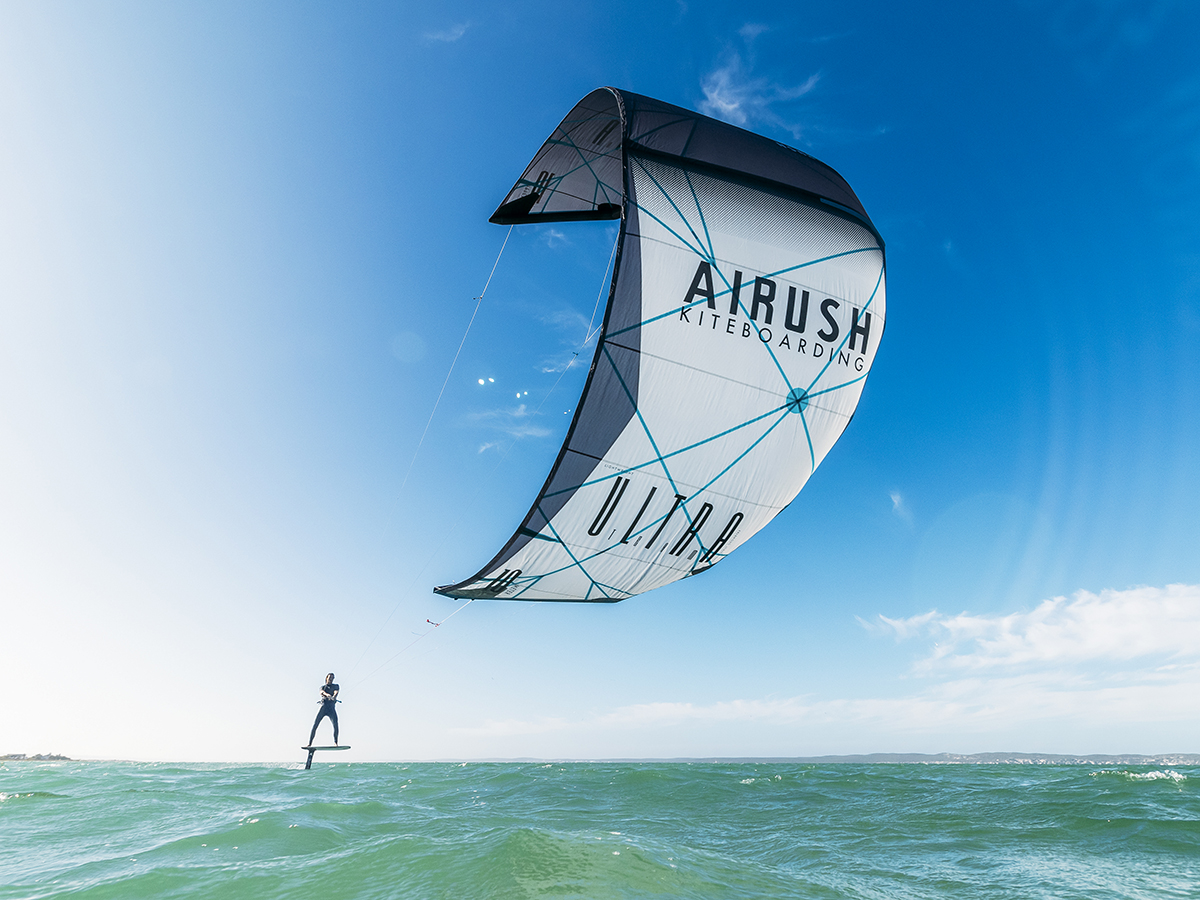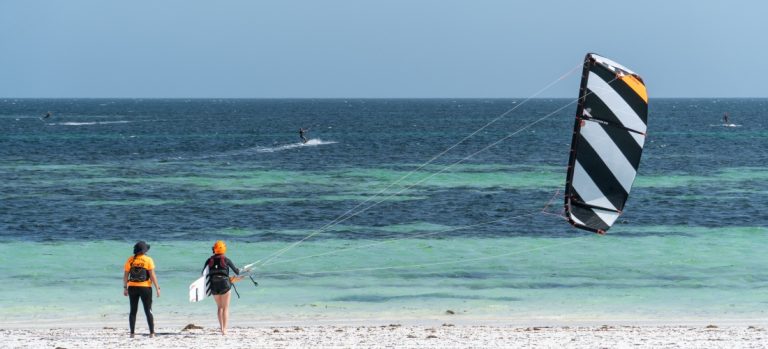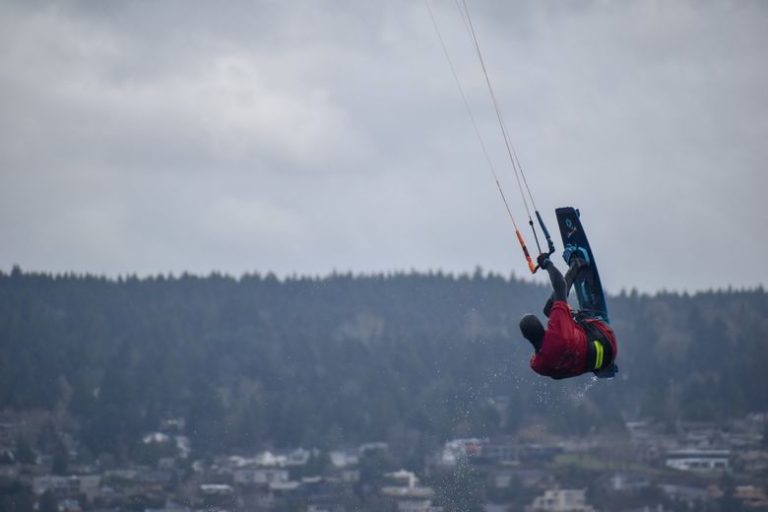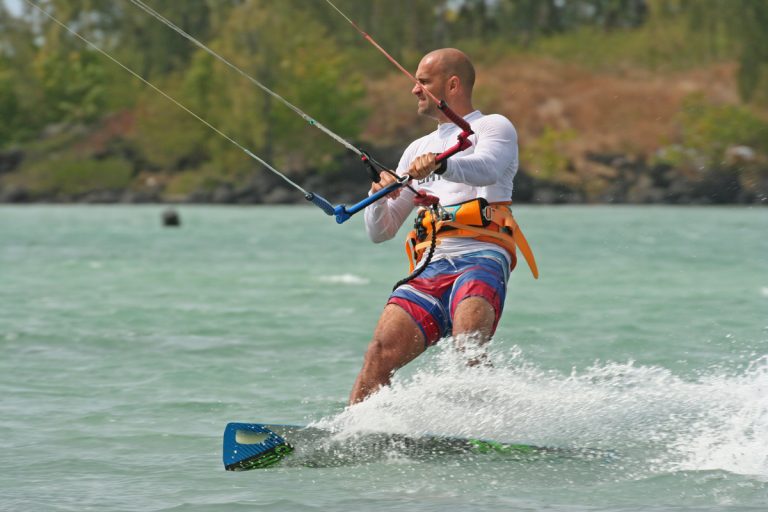How to Maintain Kite And Kiteboarding Equipment?
To properly maintain and repair your kite and kiteboarding equipment, regularly clean and dry them, inspect them for any damage, and replace any worn or damaged parts as necessary. Kiteboarding is an exciting and exhilarating sport, but to ensure that your equipment lasts as long as possible and performs optimally, it is important to properly maintain and repair it.
Regularly cleaning and drying your kite and board, inspecting them for any damage, and replacing worn or damaged parts can help prevent accidents and prolong the life of your equipment. In this article, we will explore the various steps you can take to ensure that your kiteboarding gear remains in top condition, from how to clean your kite and board, to how to repair a tear in your kite.
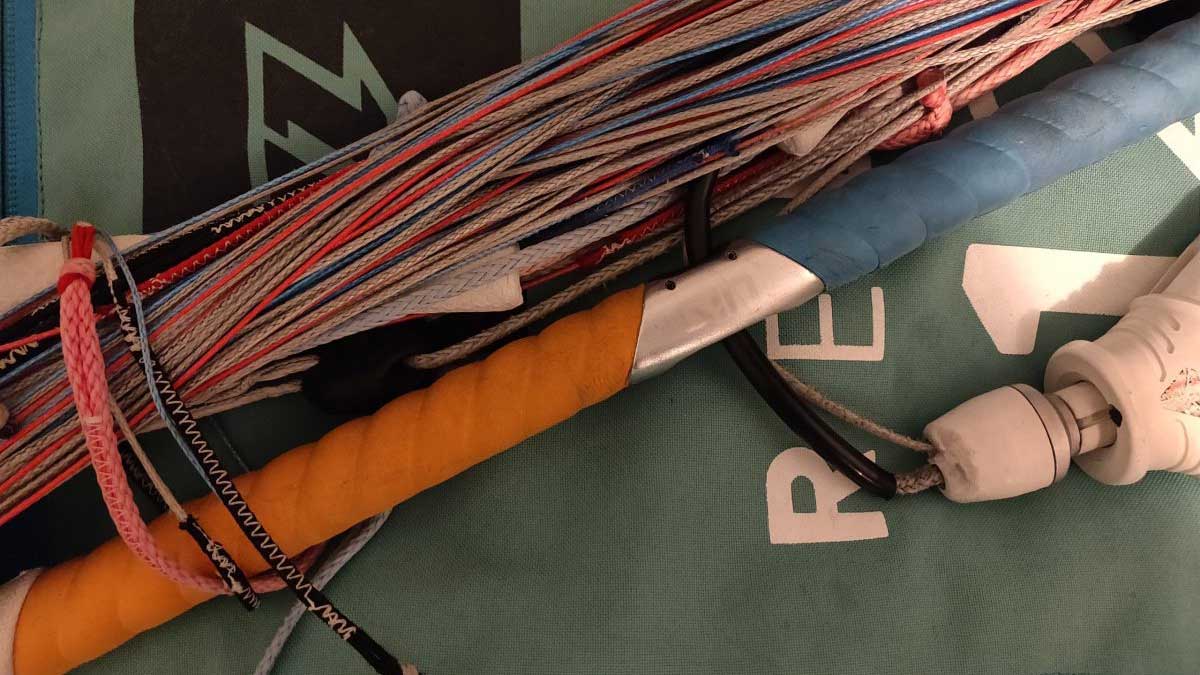
Credit: kiteguru.eu
Proper Tools Required For Kiteboarding Maintenance
Maintaining and repairing your kiteboarding equipment may seem daunting, but having the proper tools can make all the difference. The importance of kiteboarding maintenance cannot be stressed enough, as it ensures your equipment lasts longer and performs better. Essential tools for effective kiteboarding maintenance include a repair kit, pump, leash, harness, screwdriver, pliers, and scissors.
Keeping these tools organized and safe is crucial, so consider investing in a durable tool bag. Regularly checking your equipment for wear and tear can save you from costly repairs down the line. By following these tips, you can keep your kit and kiteboarding gear in top condition and ready for any adventure the sea may bring!
How Often Should You Maintain Kiteboarding Equipment?
Maintaining your kiteboarding equipment properly is crucial for its longevity and your safety. A common question many kiteboarders have is how often they should perform maintenance on their gear. The answer depends on a few factors, such as how often you use your equipment and the conditions you use it in.
It’s essential to inspect your kite and other equipment before each use to catch any issues early on. Look for any tears or wear on the fabric, cracks in the kiteboard, and loose or damaged parts. Whether it’s a quick fix or requires professional repair, addressing issues promptly can prevent bigger problems down the line.
By properly maintaining and repairing your kiteboarding equipment, you can ensure a safer and more enjoyable experience on the water.
How To Check And Repair Leaking Bladder?
Maintaining and repairing your kite and kiteboarding equipment is essential if you want to make the most out of every session. One common problem that can arise is a leaking bladder. Detecting the signs of a leak is the first step to fixing it.
Look out for a sagging shape, bubbles forming on the surface, or the kite becoming difficult to steer. To detect the leak, inflate the bladder and listen for hissing. Once you’ve identified the problem, you’ll need to patch it up.
Start by deflating the bladder and cleaning the area around the leak. Apply the patch over the damaged area, ensuring there are no air bubbles. Then, apply pressure and wait for the adhesive to dry before reinflating the bladder. With these simple steps, you can easily fix any bladder leaks and keep your kiteboarding equipment in top condition.
How To Fix Minor Nicks And Cuts In The Kite Surface?
Minor nicks and cuts on the surface of the kite can become a larger issue if not taken care of in time. Understanding the problem is the first step towards solution. Techniques to inspect and locate the damage include checking the surface visually and by touch.
The next step is to collect tools required for repair such as adhesive, tapes, etc. Finally, the damage can be fixed by following the steps outlined in the kite manual, or by seeking professional help if the damage is extensive.
Regular maintenance and timely repairs can increase the longevity of your kite and kiteboarding equipment, ensuring a better and safer experience on the water.
How To Maintain Your Kiteboarding Control System?
Maintaining your kiteboarding control system is crucial to a successful and safe experience. Regular evaluation of the system’s condition and proper lubrication of the depower system are essential techniques. Adjusting the pigtails and cleaning the chicken loop and safety release are also important steps.
Neglecting the control system’s maintenance can result in accidents and equipment damage. By following these tips, you can ensure that your kiteboarding equipment is in proper working order. Remember to always prioritize safety and maintain your gear regularly.
How To Repair Kiteboarding Board And Fins?
Proper maintenance of kiteboarding equipment is essential for ensuring their longevity. However, despite all your efforts, boards and fins can get damaged due to factors like sand, rocks, or wear and tear from usage. To identify cracks or damages, carefully inspect the equipment after each session.
If you spot any damage, it’s best to fix it immediately to avoid any further harm. Using epoxy resin and board repair kits, anyone can fix small cracks or punctures. For bigger damages, it’s better to seek the help of a professional.
Preventative measures such as regular cleaning and storage of equipment can also help extend the life of your kiteboarding gear. Always take care of your equipment, and they’ll take care of you.
Frequently Asked Questions On How To Properly Maintain And Repair My Kite And Kiteboarding Equipment?
How Often Should I Inspect My Kiteboarding Equipment?
It’s recommended to inspect your equipment before and after each session to avoid any accidents.
How Can I Repair A Tear In My Kite?
You can use a self-sticking repair patch or take it to a professional kite repair service.
How Do I Properly Clean My Kiteboarding Equipment?
Rinse your kite, harness, and bar with fresh water after each session. Avoid using detergents.
What Should I Do If My Kite Won’T Stay In The Air?
Check if your lines are tangled, your pump is working properly, and if you have the right wind conditions.
How Do I Store My Kiteboarding Equipment?
Keep your kite dry and away from direct sunlight. Store it in a cool, dry place.
What Should I Do If My Bar Becomes Sticky?
Clean it with fresh water and avoid leaving it in direct sunlight for extended periods.
How Do I Properly Store My Kiteboard?
Store your board in a padded board bag in a dry and cool place. Avoid placing heavy objects on top of it.
Conclusion
Proper maintenance and repair of your kite and kiteboarding equipment is crucial for ensuring longevity and optimal performance. From regular inspections to proper storage, we have covered all the essential steps to take care of your gear. It is essential to keep your equipment clean and dry after each use to prevent damage from saltwater or sand.
Repairing or replacing worn-out parts on time will save you money in the long run and avoid potential accidents. Remember to store your gear in a cool and dry place away from direct sunlight when not in use, and always inspect your kite and equipment before use.
By following these basic guidelines, you can prolong the lifespan of your equipment, maintain peak performance, and make the most out of your kiteboarding experience. Don’t forget to have fun, and stay safe out there!
